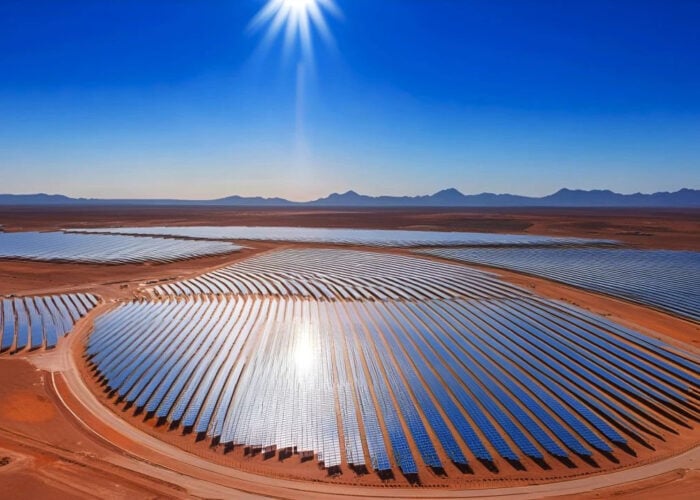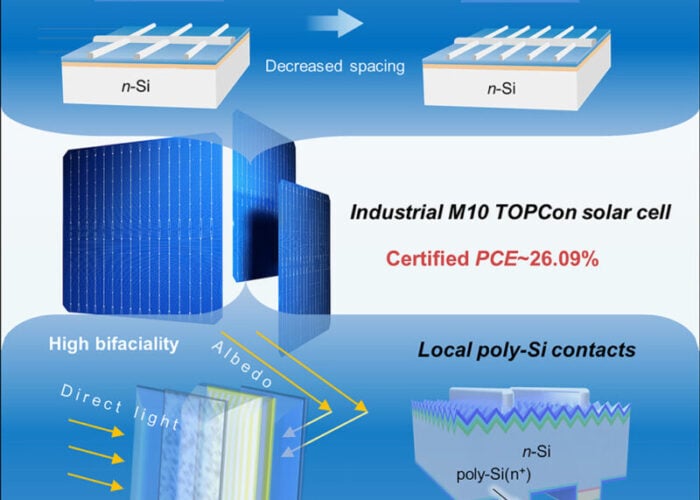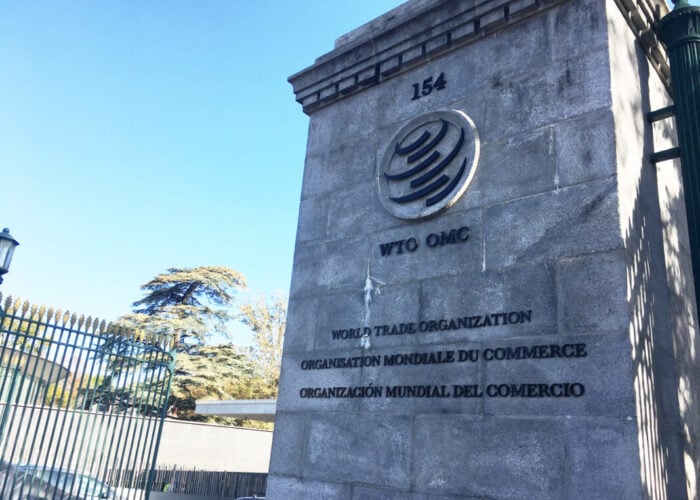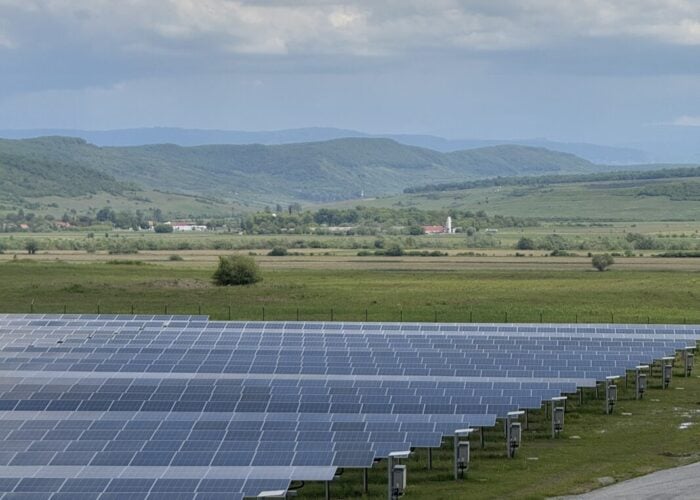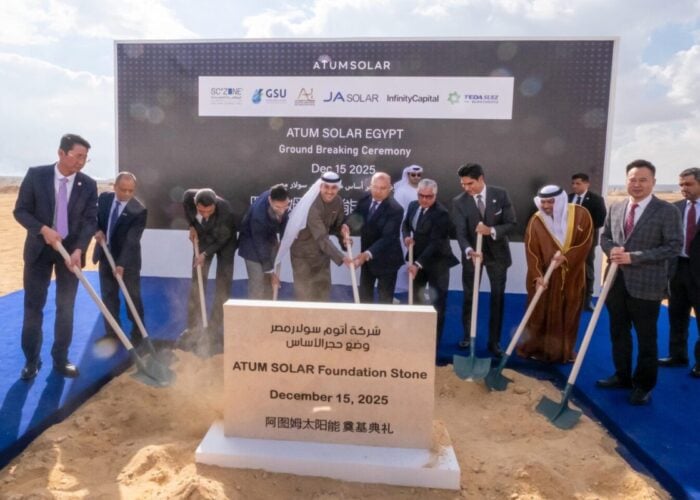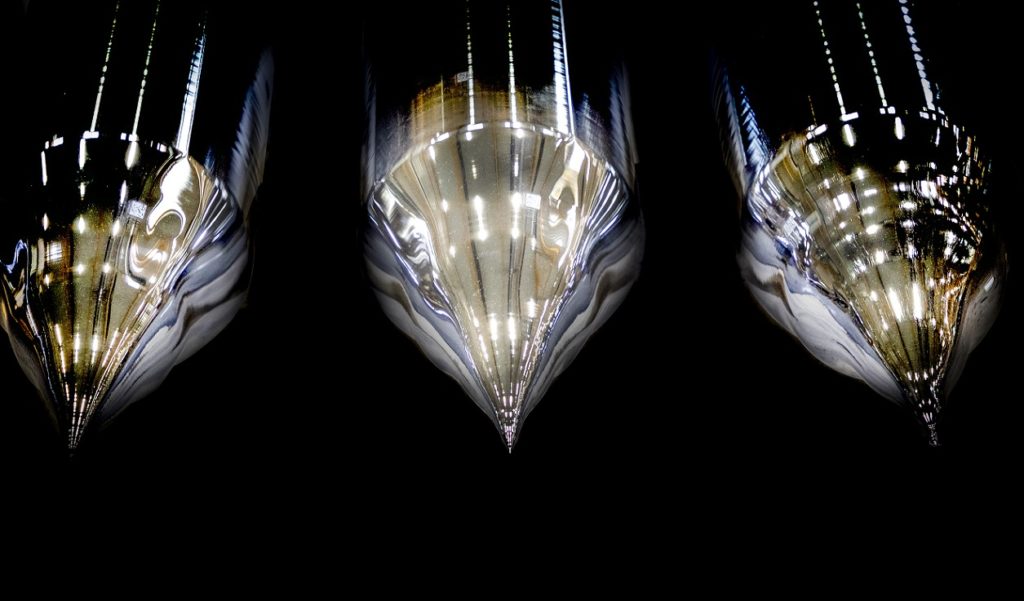
Shuangliang Eco-Energy is planning to set up a new wholly owned subsidiary, Shuangliang New Silicon Materials (Baotou), to invest in and build a mono silicon ingot pulling project with an annual output of 50GW.
The project will be located adjacent to Shuangliang Silicon Materials’ mono silicon project site in the Baotou Xitu Hi-Tech Industry Development Zone, Inner Mongolia, China.
Try Premium for just $1
- Full premium access for the first month at only $1
- Converts to an annual rate after 30 days unless cancelled
- Cancel anytime during the trial period
Premium Benefits
- Expert industry analysis and interviews
- Digital access to PV Tech Power journal
- Exclusive event discounts
Or get the full Premium subscription right away
Or continue reading this article for free
It is expected the facility will take two years to construct and require an investment of RMB10.5 billion (US$1.5 billion).
The aforementioned subsidiary has completed business registration procedures and has obtained an operating license, with registered capital of RMB2 billion (US$286 million).
For Shuangliang Eco-Energy, the investment builds on its original 40GW mono silicon project in Baotou. The company said the mono silicon wafer industry is facing more intensified competition. As a latecomer, the company will suffer from the risk of declined market share and lose competitive advantage if it cannot maintain advanced production capacity and portfolio differentiation.
Risk of excessive capacity
On the one hand, companies are rushing to expand their capacity, while on the other, the industry is risking excessiveness as more and more new silicon wafer capacity is getting released.
LONGi, TCL Zhonghuan and other industry giants have recently adjusted their wafer prices downward. The critical reason behind the phenomenon is the excessive supply of wafers due to too much production capacity and silicon material inventory clearance.
Citic Securities statistics of China’s top 15 wafer enterprises show that wafer capacity is expected to grow by 226.5GW this year to a cumulative 559.1GW. CPIA predicts that the global newly installed solar capacity is about 230GW this year, and the corresponding wafer demand is 276GW.
Chuancai Securities predicted that growing silicon wafer capacity may cause pressure. With the acceleration of new capacity releases, wafer prices are expected to gradually fall.
In order to guarantee the supply of raw materials, Shuangliang Eco-Energy has been signing long-term orders with the upstream suppliers this year. According to incomplete statistics, the company has signed five silicon orders within the year.
Frequent procurement and project expansion plans have also triggered concerns about Shuangliang’s financial capacity. From 2016 to 2020, Shuangliang’s asset liability ratio remained between 40% to 51%. In the first half of this year, the company’s debt ratio reached a record high of 82.65%.
By the end of the third quarter, the company’s debt increased to RMB16.7 (US$2.38 billion).

